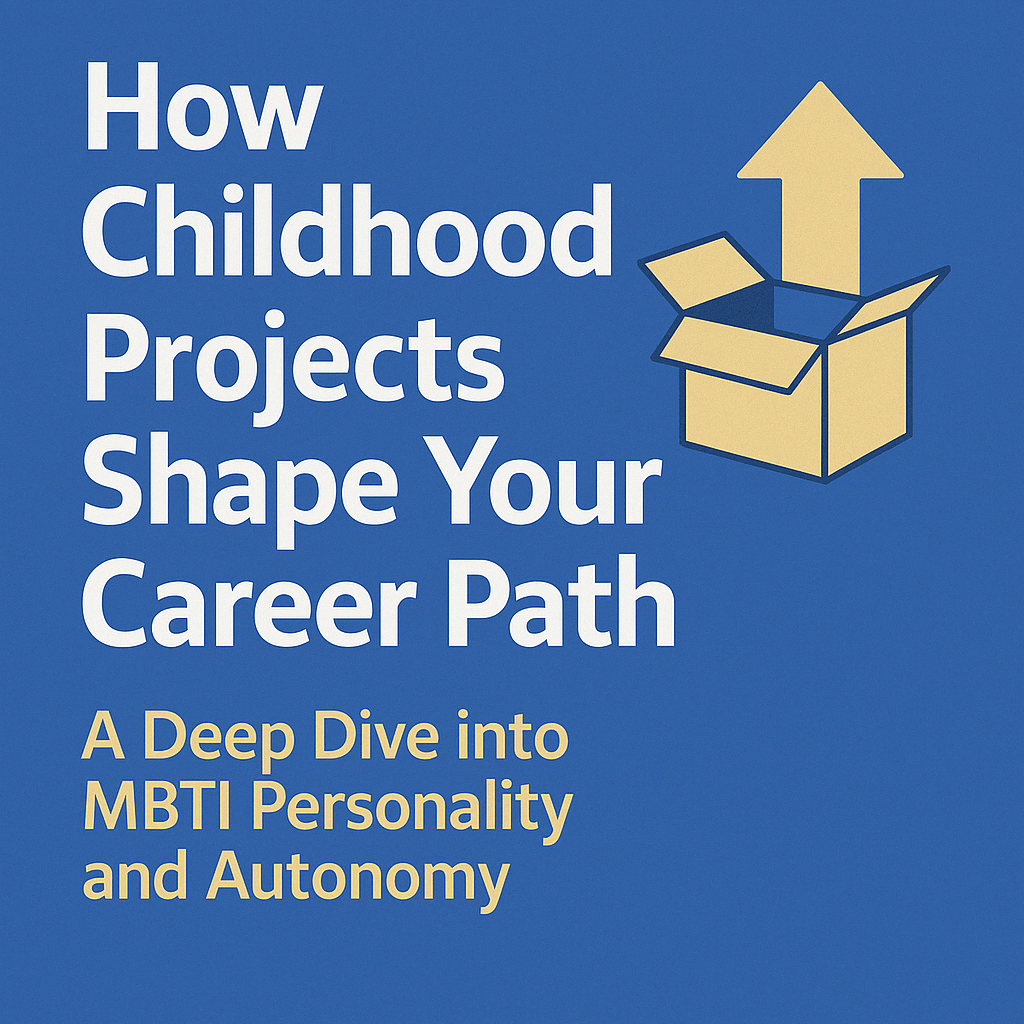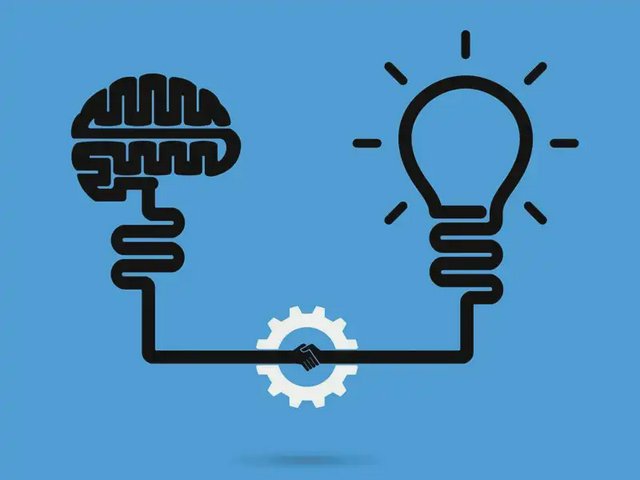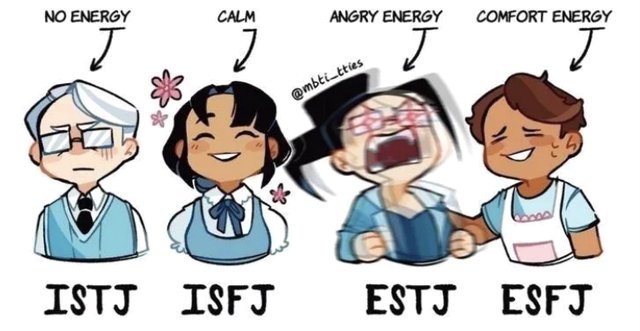How Childhood Projects Shape Your Career Path: A Deep Dive into MBTI Personality and Autonomy

Childhood experiences often leave lasting imprints on our personalities and career trajectories. The story of a young student coerced into building a model irrigation system—without understanding its purpose—reveals deeper themes about autonomy, creativity, and self-worth. As an MBTI and career development expert, I’ll unpack how such experiences influence personality traits, career satisfaction, and the importance of reclaiming agency in adulthood.
The Forced Project: A Lesson in Powerlessness
The narrator’s childhood memory highlights a common dynamic: children assigned tasks with no explanation or creative input. The teacher’s authoritarian approach—dictating every step without fostering curiosity—reduced the students to mere laborers. For a child, this erodes motivation and creates resentment. In MBTI terms, this stifles Explorer (SP) types who thrive on hands-on learning and Analyst (NT) types who need logical reasoning behind tasks.
Key takeaways:
Lack of Autonomy: Being told what to do without why undermines intrinsic motivation.
Suppressed Creativity: The model’s design was entirely adult-driven, leaving no room for student innovation.
Emotional Impact: The narrator’s frustration and later detachment (“It’s not my work”) reflect a deep-seated need for ownership.
MBTI Insights: How Personality Shapes Reactions
The narrator’s response aligns with certain MBTI traits:
Potential ISTP or INTP: The curiosity about the soldering iron suggests a Thinking-Perceiving preference—experimenting, problem-solving, and resisting rigid control.
Fi (Introverted Feeling) Sensitivity: The lingering resentment points to high Fi, which values authenticity and personal meaning. Being forced into a role clashed with this.
For career development, understanding these traits is crucial. ISTPs/INTPs thrive in roles with independence (e.g., engineering, design), while high-Fi types (e.g., INFPs) need work aligned with personal values.The Adulthood Reckoning: Reclaiming Agency
Decades later, the narrator uses AI to recreate the model—this time, their way. This act symbolizes:
Autonomy: Choosing the project freely, not by coercion.
Mastery: Leveraging modern tools (AI) to execute a vision flawlessly.
Healing: Overcoming the childhood belief that “you’re just a kid—you can’t do this.”
Career Lessons: Breaking Free from “Puppet Syndrome”
Many adults carry childhood scars into their careers:
People-Pleasing: Fear of saying no (common in Feeler types).
Imposter Syndrome: Believing achievements aren’t truly theirs (linked to early experiences like the forced model project).
Mismatched Careers: Pursuing paths dictated by others, not passion.
Solutions:
MBTI Assessment: Identify your true strengths (e.g., Thinkers vs. Feelers in decision-making).
Role Alignment: Seek jobs offering creativity/autonomy if you’re a Perceiver; structure if you’re a Judger.
Therapy or Coaching: Address childhood narratives hindering professional growth.
Final Thought: From Puppet to Pioneer
The narrator’s story isn’t just about a model—it’s about agency. In careers, as in life, fulfillment comes from choosing your path, not following someone else’s script. Whether you’re an ENTP entrepreneur or an ISFJ caregiver, understanding your MBTI type helps you design a career that’s authentically yours.
Call to Action:Take an MBTI assessment.
Reflect: Are you in a role that aligns with your true self—or someone else’s vision?
Reclaim your narrative. Your career should be your masterpiece.
By recognizing how early experiences shape us, we can rewrite our professional stories—no longer as puppets, but as pioneers.




